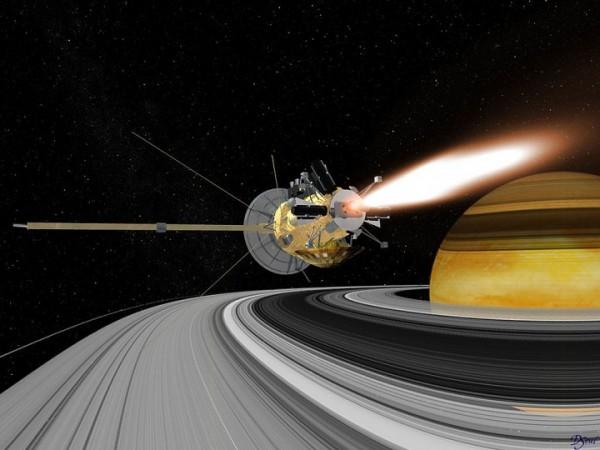
The first flyby over gas giant Saturn's moon Enceladus was made by NASA in 2005.
Also Read: SpaceX's CRS-10 rocket launch to ISS took place a day later from NASA's Kennedy Space Center
Cassini's magnetometer instrument found that Enceladus was the most reflective celestial body in the solar system. Earlier, the astronomers believed that the ice dust present on the moon was deposited by an external source.
The moon orbits in the middle of Saturn's E ring, a faint ring comprising of dust-sized ice particles.
The moon was guesstimated to be a airless ball of ice before NASA started exploring the satellite. With the help of the Cassini, NASA found a trail of particles, "referred at as scientific breadcrumbs" which led to the discovery of a salty ocean under the icy surface of the moon, Science World Report stated.
The posibility of hydrothermal vents on its sea floor points to presence of life building blocks in Enceladus like other icy moons.
"Half the excitement of doing science is that you sometimes find yourself going in a totally different direction than you expected, which can lead to amazing discoveries," stated Linda Spilker, Cassini's project scientist at NASA, clarksvilleonline.com reported.
Apart from Enceladus, Cassini also discovered that Saturn's moon, Titan, also have seas made up of liquid methane.
Launched in 1997, the spacecraft reached Saturn in 2004 and has since made many significant discoveries. By April, the spacecraft is likely to start its last orbit around Saturn to explore the gap between the rings of the planet. Cassini is scheduled take the final plunge into the gas giant's surface on September 15, 2017.















